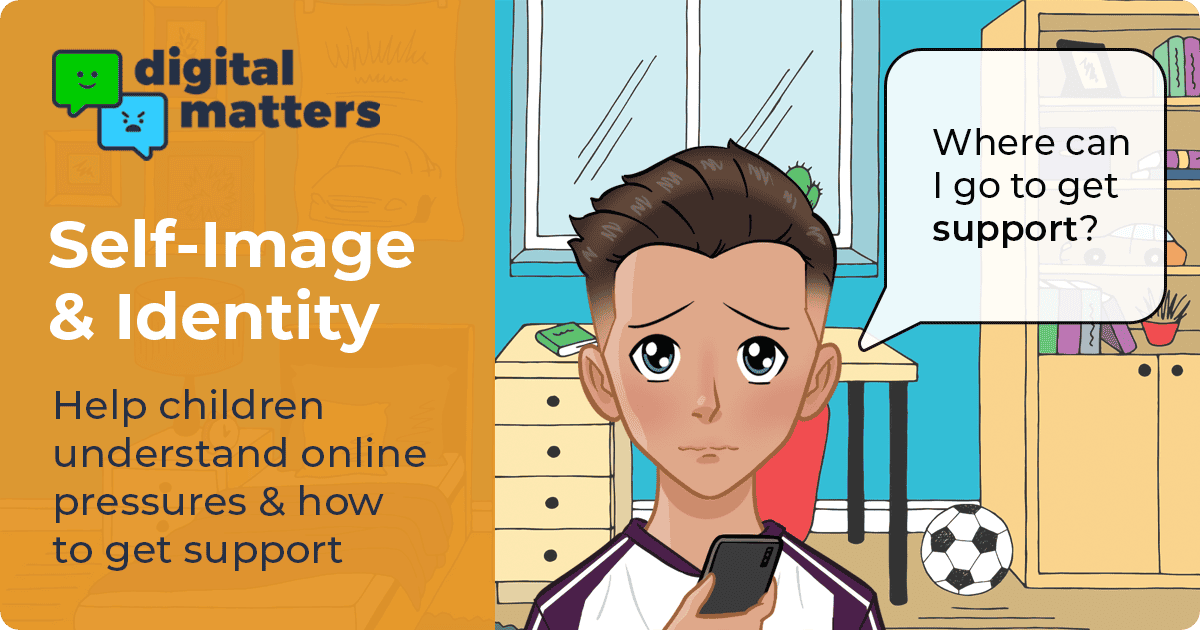Self-image, body image and identity
Young people see a lot of content online, but from deepfakes to body editors, not everything is what it seems. However, it can be hard for children to understand what is and isn’t real online. As such, they might try to live up to unrealistic and edited standards, making it hard to maintain a positive body image.
When they try to change a part of themselves to fit into that ideal, they might experience poor self-image. This can have negative impacts on their overall wellbeing. In fact, 1 in 10 girls aged 9-10 say that being online makes them worried about their body shape or size while 13% say it makes them jealous of other people.


 A free interactive activities to help children learn about positive self-image online.
A free interactive activities to help children learn about positive self-image online.